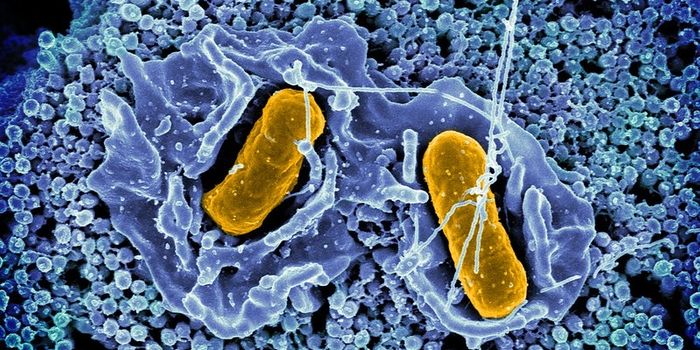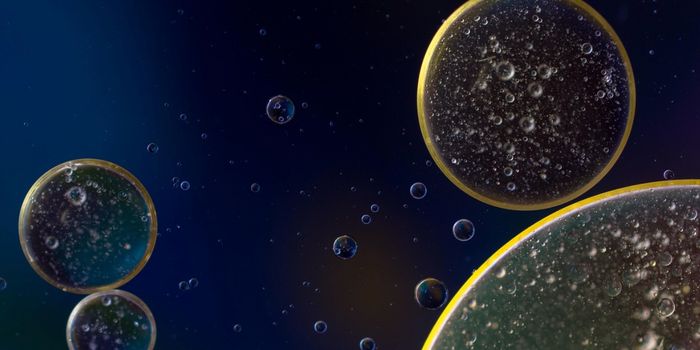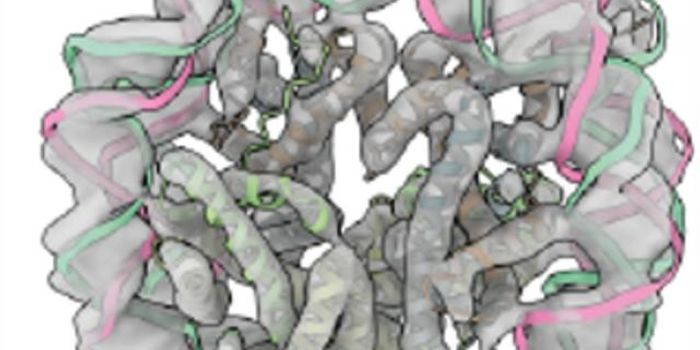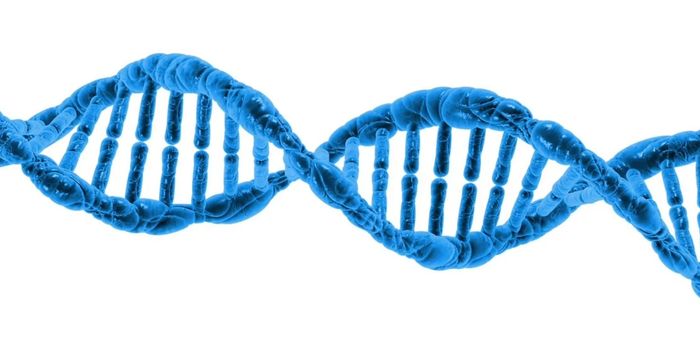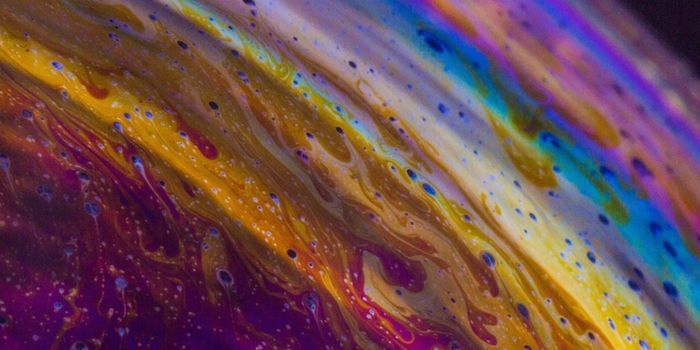A New Understanding of Ancient Human & Neanderthal Interactions
We know that some groups of modern humans (Homo sapiens or H. sapiens) still carry some sequences in their genomes that are derived from Neanderthals (Homo neanderthalensis). This comes from instances long ago in which our Homo sapiens ancestors mingled, mixed, and mated with Neanderthals. But there has been a lot of debate about the encounters, and whether they happened with relative frequency, or were more rare.
Scientists have now analyzed samples from Denisovans (Homo denisova), Neanderthals, and 2,000 modern humans, to track the flow of genes from these groups in the human genome over the last 250,000 years. The investigators used a tool called IBDMix. The investigators aimed to look for the DNA that modern humans carry in the genomes of ancient Neanderthals. Usually, this type of research is performed the other way around, with scientists searching for Neanderthal or Denisovan DNA in the genomes of modern humans.
The new findings have indicated that these groups of ancient humans mixed together to different degrees at different periods, over a very long time. The findings have been reported in Science.
"We now know that for the vast majority of human history, we've had a history of contact between modern humans and Neanderthals," said Joshua Akey, a professor in Princeton University's Lewis-Sigler Institute for Integrative Genomics.
The humans who we are descended from most directly themselves diverged from the Neanderthal family tree around 600,000 years ago. Our modern characteristics arose about 250,000 years ago. At that point, our ancestors began to interact with Neanderthal populations, until the Neanderthals disappeared, said Akey.
"From then until the Neanderthals disappeared, that is, for about 200,000 years, modern humans have been interacting with Neanderthal populations," he said.
The research suggested that H. Sapiens made contact with Neanderthals around 250,000 years ago. Then there was another period of intermixing about 120,000 years ago. Finally, the largest one occurred about 60,000 years ago. The findings are much different from conclusions that have been reached in even recent genetic research, however.
"To date, most genetic data suggests that modern humans evolved in Africa 250,000 years ago, stayed put for the next 200,000 years, and then decided to disperse out of Africa 50,000 years ago and go on to people the rest of the world," said Akey.
"This is the first time that geneticists have identified multiple waves of modern human-Neanderthal admixture," said Liming Li, a professor in the Department of Medical Genetics and Developmental Biology at Southeast University. The findings do align more closely with archaeological research, however.
This research has also suggested that Neanderthal populations were fairly small, at only a few thousand individuals.
Neanderthals were probably not the dim-witted morons they have sometimes been portrayed as. They are now seen as skilled hunters who were able to make tools, treat injuries, and survive winters. It's still unclear how they perished, although there are theories that include an excess of inbreeding or disease.
"I don't like to say, 'extinction,' because I think Neanderthals were largely absorbed," said Akey. He has theorized (along with some other scientists) that Neanderthal groups simply got smaller until the only members left were assimilated into the communities of modern humans.
"Modern humans were essentially like waves crashing on a beach, slowly but steadily eroding the beach away. Eventually, we just demographically overwhelmed Neanderthals and incorporated them into modern human populations."
Sources: Princeton University, Science



